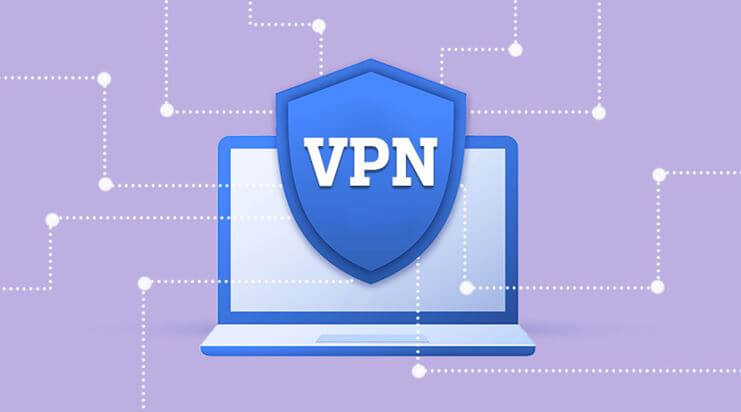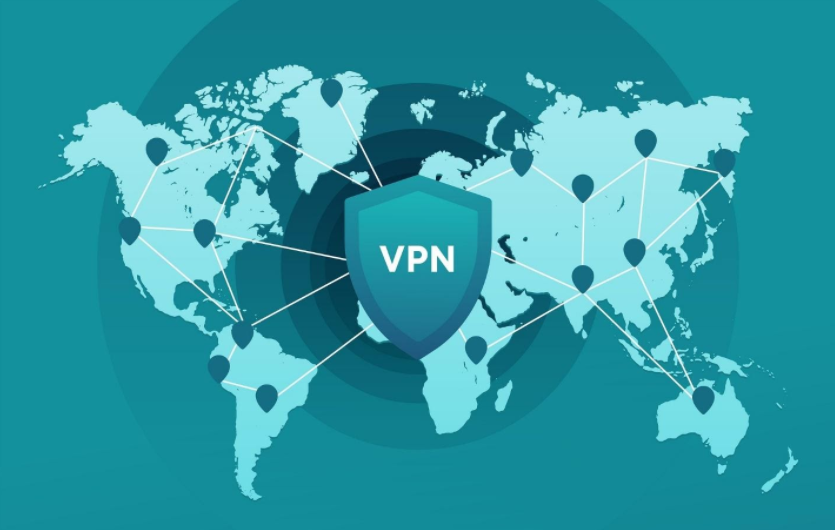A VPN server can provide network security from anywhere you are. A VPN can be used on Android, Windows, Chromebook, and iOS. Because it gives you an encrypted tunnel to use with public Wi-FI, a VPN offers many benefits. You can even use it from outside the country to access country-specific services such as the US version of Netflix.
The secure connection between a private server and your device hides your traffic from others. You can even give access to other people to the server you’re hosting. The only downside is that it usually costs s few dollars a month. However, on this site, you can find a few of the best VPN services that can be used as a decent starter.
Ways to Set Up Your VPN
One way to set up your home VPN server is through your router. By doing this you make sure other devices connected to it don’t require individual configuration. However, this takes more steps and can slow down all traffic. There are VPN apps that you just load on your phone and laptop so you can safely connect to the internet away from your house. Most apps support the OpenVPN protocol, so setup is rather simple. All you have to do is allow the app to configure the settings. If you prefer to do it manually, here are the steps you need to follow:
Setting Up a VPN on Windows 10
First, you need to create a VPN profile and fill out the details from your specific VPN connection. Go to Windows, Settings, Network & Internet > VPN and click add a VPN connection. Select Windows (built-in) from the fields on the page. Then choose a name for your VPN under Connection name.
Proceed to enter the VPN type, the type of sign-in info and the server name or address. Now you can choose a password and username for enhanced security. Although this is optional, it is recommended. If you like, have your computer remember this information so you don’t have to type it every time. Click Save.
Go back to Settings, Network & Internet > VPN and click on the name you chose for it. At this stage, you can make changes like clearing your sign-in info, setting up a VPN proxy, or edit the connection properties under Advanced Options. Finally, click Connect and enter your password if you have one.
Setting Up a VPN on iOS
Setting up a VPN in iOS is rather easy. If you download the app from the App Store, it will automatically configure it for you. Nevertheless, if you want to do it manually, head to Settings and go into General. Next, scroll down and select VPN. Your device will tell you if you are connected to one or not.
Continue by tapping Add VPN Configuration and then select a security protocol from Type. Follow the instructions. Return to Add Configuration and add the VPN’s info, server, local ID and remote ID. Choose a username and password. If you like, you can use a proxy. To complete the installation, tap done and you will see the previous VPN screen. Change the status to On and enjoy your new VPN.
Setting up a VPN on Android
Setting up a VPN in Android is just as easy as with iOS. If you don’t want the app to automatically choose to configure your VPN, start the manual installation. Head into Settings, Network & Internet, tap on Advanced and then > VPN. Notice the little key-shaped icon. If you cannot find Network & Internet in the menu, search within Settings directly for VPN and then press the Add button.
If you have a new device and you haven’t chosen a password or screen lock, Google will ask you to do so. Next, create your VPN profile by adding the name, Server address and type and click Save. Back to the VPN screen, you should see the new name of the VPN, tap it and write your user name and password. If you like, have your device save the information. Tap on Connect. Enter the name, type, username, password and server address. Tap Save.
Setting Up a VPN on Chrome OS
To automatically configure a VPN in Chrome OS head to the Chrome Web Store and download an extension for your preferred VPN. If your Chromebook is set up for it, you can also go to the Google Play Store or download it from a VPN’s site. The app should automatically configure the setting.
You can also do it manually, as Chrome has support for OpenVPN and L2TP/IPsec. Your VPN has to work with one of these two protocols. To start, click on Settings from the time on the lower right corner of the screen. Click Add Connection > OpenVPN / L2TP.
Next, add the relevant info such as username, password, service name, server hostname, pre-shared key, and provider type. If you like, have your device save your identity. Click on Connect. Keep in mind that some VPNs require a certificate that you have to import from chrome://settings/certificates. Click the Authorities tab, select the certificate from the list and then click Import. Continue by setting up the VPN as explained above.
Is a freelance tech writer based in the East Continent, is quite fascinated by modern-day gadgets, smartphones, and all the hype and buzz about modern technology on the Internet. Besides this a part-time photographer and love to travel and explore. Follow me on. Twitter, Facebook Or Simply Contact Here. Or Email: [email protected]


![Get 100% Working Free Netflix Cookies All Hourly Updated [Today's Cookies] Netflix Cookies Free Download](https://axeetech.com/wp-content/uploads/2020/08/Netflix-Cookies-Free-Download.jpg)
![Download Free Netflix Mod Apk v8.50.0 +OBB/Data. [ 4K UHD Premium Crack] Netflix ApK Mod](https://axeetech.com/wp-content/uploads/2020/01/netflix-App-Mod.jpg)
![23 Best Football Streaming Apps Free on Android [2023]. [All Leagues Streaming] Apps to Watch Live Football Matches](https://axeetech.com/wp-content/uploads/2022/11/Apps-to-Watch-Live-Football-Matches-1.jpg)


